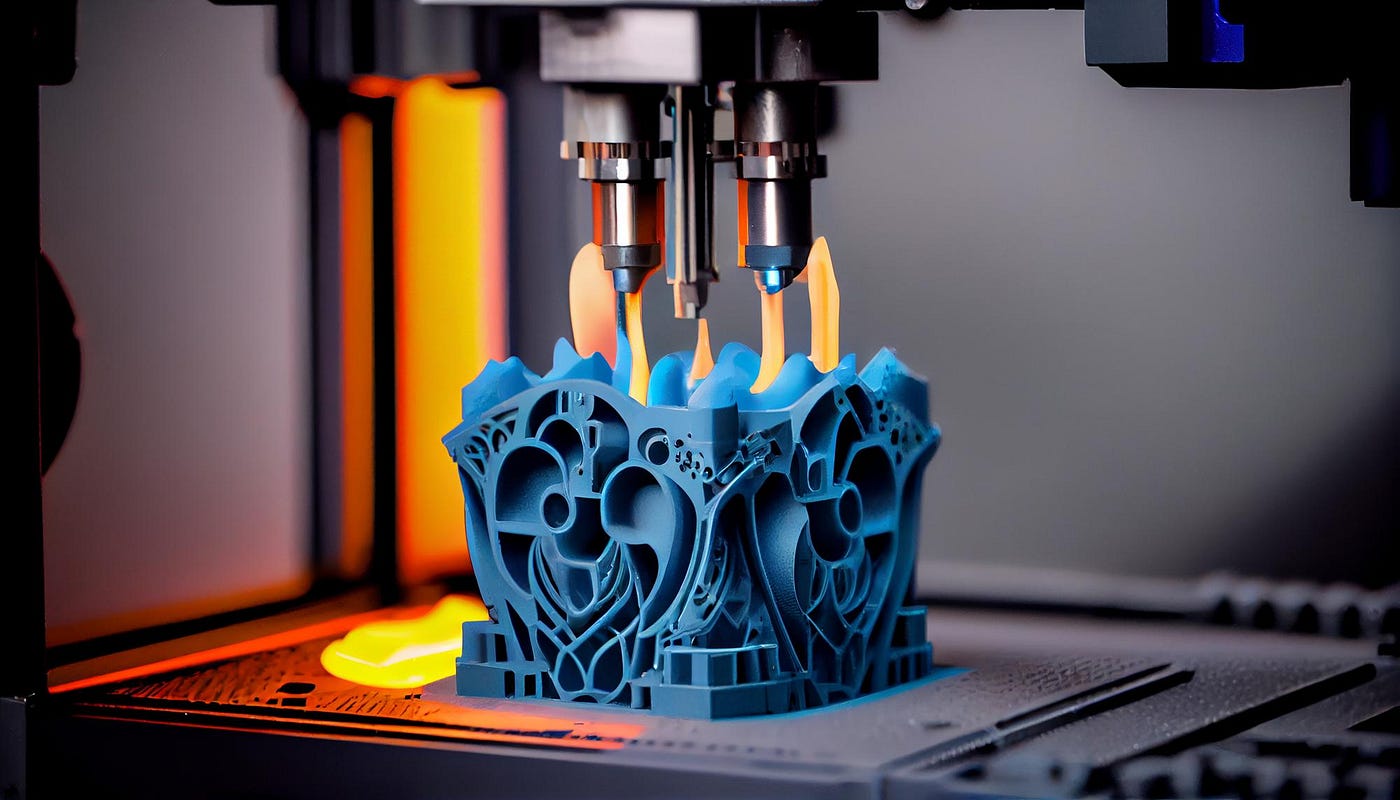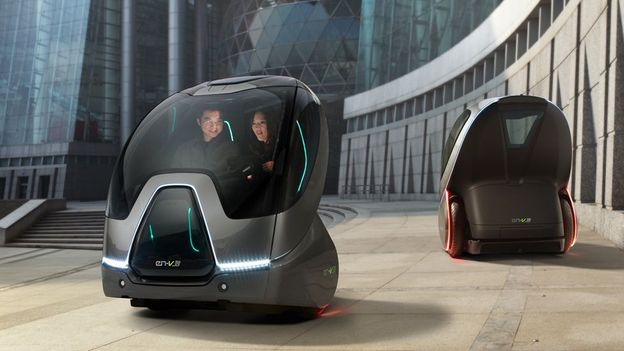In the landscape of modern industry and technology, robotics has emerged as a revolutionary force, reshaping the way we work, manufacture, and interact with machines. With advancements in artificial intelligence, sensor technology, and automation, robots are becoming increasingly sophisticated, versatile, and integrated into various aspects of our daily lives. In this post, we will explore the rise of robotics, its impact on industries, and the transformative potential it holds for the future.
Robots, once confined to the realms of science fiction and manufacturing floors, are now ubiquitous in diverse industries, including manufacturing, healthcare, logistics, agriculture, and beyond. These machines, equipped with sensors, actuators, and programmable logic controllers, can perform a wide range of tasks with precision, speed, and efficiency. From assembly line operations and warehouse automation to surgical procedures and space exploration, robots are playing a vital role in driving innovation and productivity across industries.
One of the key drivers of the rise of robotics is the increasing demand for automation and efficiency in manufacturing and production processes. With the advent of Industry 4.0 and the Internet of Things (IoT), manufacturers are adopting robotics and automation technologies to optimize production workflows, reduce costs, and improve product quality. Industrial robots, equipped with advanced sensors and AI algorithms, can perform complex tasks such as welding, painting, and quality inspection with unparalleled accuracy and consistency.
Moreover, robotics is revolutionizing the healthcare industry, enabling new capabilities in diagnosis, treatment, and patient care. Surgical robots, such as the da Vinci Surgical System, enable minimally invasive procedures with enhanced precision and dexterity, leading to shorter recovery times and improved patient outcomes. Additionally, robotic exoskeletons and assistive devices are helping individuals with mobility impairments regain independence and mobility, enhancing their quality of life.
In logistics and warehousing, robots are transforming the way goods are sorted, picked, and shipped in distribution centers and fulfillment warehouses. Autonomous mobile robots (AMRs) and automated guided vehicles (AGVs) can navigate warehouse environments, retrieve items from shelves, and transport goods to designated locations with efficiency and accuracy. These robots enable faster order fulfillment, reduce labor costs, and optimize inventory management, leading to improved customer satisfaction and operational efficiency.
Furthermore, robots are making significant strides in agriculture, addressing challenges such as labor shortages, crop yield optimization, and sustainability. Agricultural robots, including autonomous tractors, drones, and robotic harvesters, enable precision farming techniques such as soil mapping, crop monitoring, and targeted spraying. By automating repetitive tasks and data collection processes, these robots help farmers optimize resource usage, minimize environmental impact, and maximize crop yields.
The rise of robotics is not limited to traditional industries; it is also shaping the future of transportation, service, and entertainment. Autonomous vehicles, including self-driving cars, trucks, and drones, are poised to revolutionize transportation, offering safer, more efficient, and environmentally friendly alternatives to traditional modes of transportation. Service robots, such as robot assistants and concierges, are enhancing customer experiences in hospitality, retail, and healthcare settings, providing personalized assistance and support to users.
Additionally, robots are playing a growing role in entertainment and education, providing immersive and interactive experiences in theme parks, museums, and classrooms. Social robots, equipped with natural language processing and emotional recognition capabilities, can engage with users in conversation, storytelling, and educational activities, fostering social interaction and learning.
Despite the numerous benefits and opportunities presented by robotics, its widespread adoption also raises ethical, social, and economic considerations. Concerns about job displacement, privacy, safety, and autonomy are among the key challenges that need to be addressed as robotics technology continues to advance. Organizations and policymakers must work together to ensure that robotics technology is developed and deployed responsibly, with appropriate safeguards and regulations in place to protect workers, consumers, and society as a whole.
In conclusion, the rise of robotics represents a transformative shift in how we work, produce, and interact with machines. From manufacturing and healthcare to logistics, agriculture, and beyond, robots are revolutionizing industries and driving innovation at an unprecedented pace. As robotics technology continues to evolve, its impact on society and the economy will only continue to grow, offering new opportunities for efficiency, productivity, and human-machine collaboration in the digital age. As we navigate the rise of robotics, let us embrace the opportunities it presents while addressing the challenges and considerations to ensure a future that is safe, equitable, and beneficial for all.



